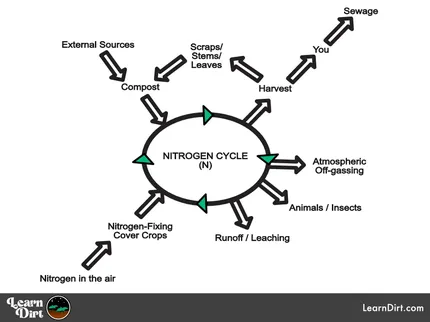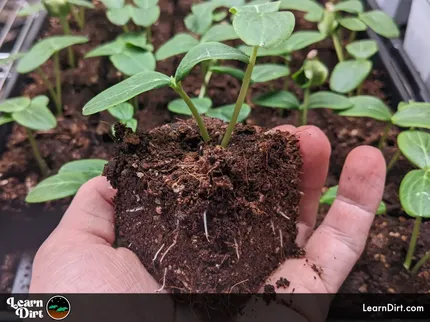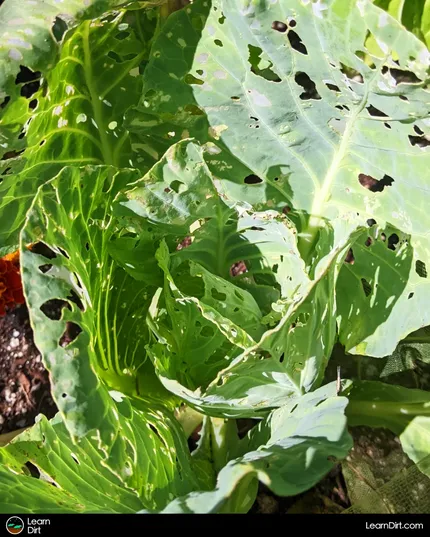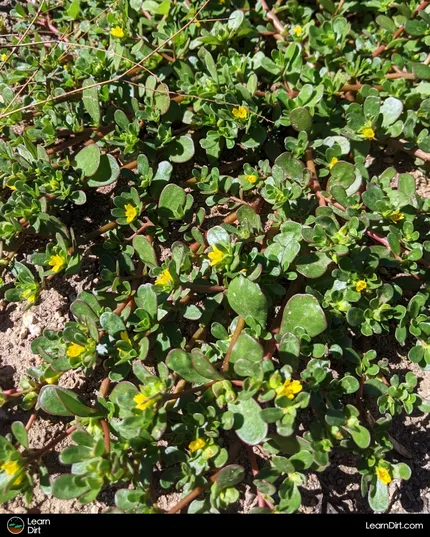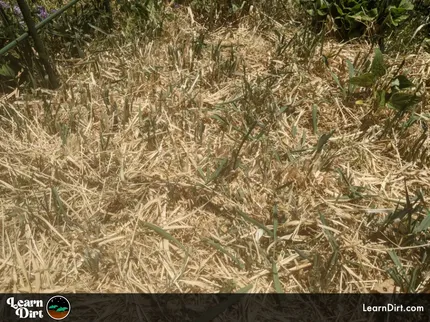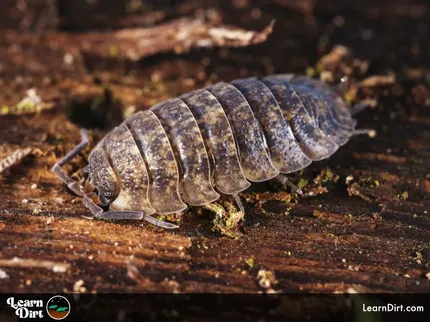Table of Contents
- Where Did Citrus Come From?
- Types of Citrus Fruits
- Citrus Cold Tolerances
- Nutrient Requirements for Citrus Cultivation
- Common Citrus Questions
* Our articles never contain AI-generated slop *
Did you know that oranges, lemons, and limes didn't occur naturally? By that I mean they are all hybrids.
Each of these was a cross made by pairing two or more original (landrace) citrus varieties to create something completely new.
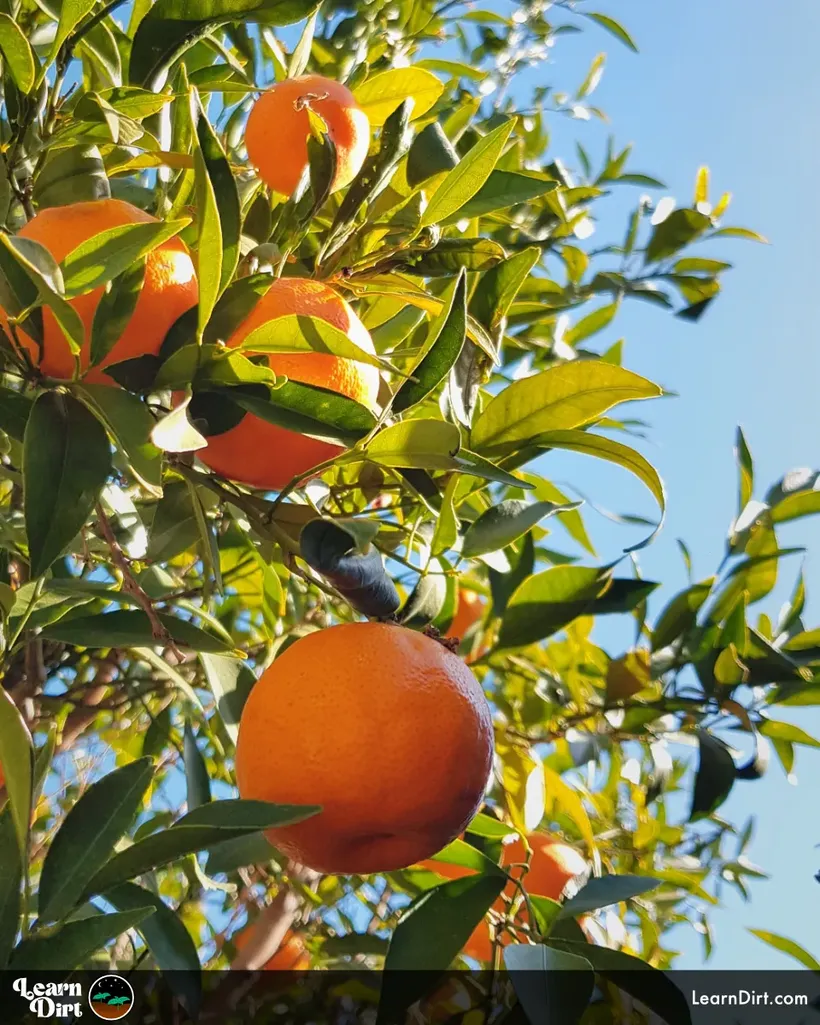
All of these citrus varieties are essentially human inventions (with nature's help).
Disclaimer: This post may contain affiliate links. Refer to the privacy policy for more information.
Learning that a lemon is a man-made hybrid of a bitter orange crossed with a citron is a fun recontextualization!
We'll talk more about how hybrid citrus varieties came about later on, but first let's jump into where the heck citrus came from...

Where Did Citrus Come From?
All of the 'pure' citrus varieties or wild citrus types have been traced back to a common ancestor, Citrus linczangensis.
Citrus linczangensis lived in the Himalayan foothills between 5 and 10 million years ago, and would later expand its range throughout Asia and into Australia (roughly 4 million years ago).
Though Australia had long-since broken off from Gondwana, these wild citrus were able to spread across the Malay Archipelago
Original Citrus Fruits (Landrace)
After citrus linczangensis spread from its Himalayan homeland and its range expanded across Australasia, several distinct 'parent' species of citrus evolved.
Join The Grower's Community
Your space to connect, learn, and belong 🌱
Check It Out!
Environmental pressure, climate, rainfall, humidity, pest pressure, and all manner of endemic flora and fauna all drive evolutionary divergence. For citrus this was no different.
Distinct landrace varieties of citrus have been identified through genetic testing, and though hundreds of unique citrus species evolved, only around 10 native citrus species are the progenitors to almost all modern citrus hybrids.

Let's take a look at those main 'parent' citrus species:
Native to Asia
- Pomelo (Citrus maxima)
- Mandarin (Citrus reticulata)
- Not to be confused with modern hybrid mandarins which are also referred to as 'mandarin'
- Citron (Citrus medica)
- Kaffir Lime (Citrus hystrix)
- Micrantha (Citrus hystrix var. micrantha)
- Ichang Papeda (Citrus cavaleriei)
- Mangshanyegan (Citrus mangshanensis)
- Kumquat (Citrus japonica)
- Oval Kumquat (Citrus japonica var. margarita)
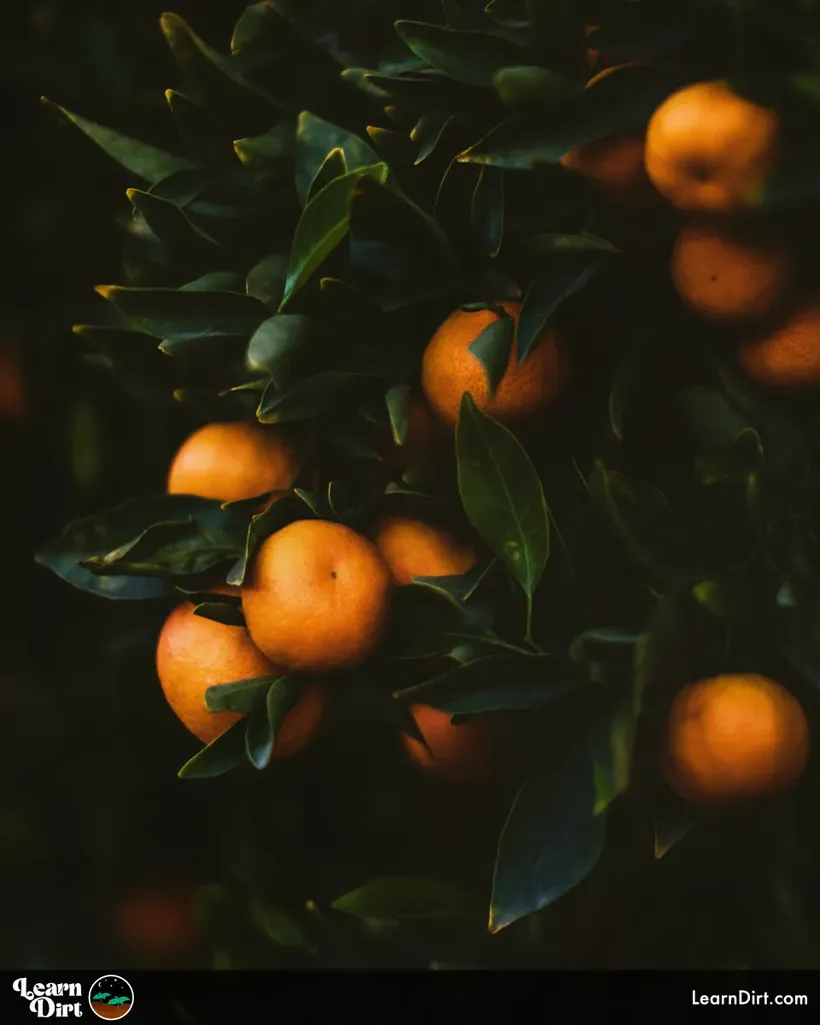
Native to Australia
- Desert Lime (Citrus glauca)
- Round Lime (Citrus australis)
- Finger Lime (Citrus australasica)
Types of Citrus Fruits
Citrus Hybrids
Of the species above, the 3 most prominent ancestral citrus species used to create modern hybrids are:
- Pomelo (Citrus maxima)
- Citron (Citrus medica)
- Mandarin (Citrus reticulata)
These 3 species have been crossed to create most of the citrus fruits you're familiar with today.
Let's take a look at the "recipes" or crosses which comprise some popular modern citrus hybrids:
- Sweet Orange (pomelo x mandarin)
- Most of the orange hybrids you're familiar with are varietals of the sweet orange cross.
- Bitter Orange (pomelo x mandarin)
- Lemon (bitter orange x citron)
- Meyer Lemon ((pomelo x mandarin) x citron)
- Though this cross appears the same as a lemon, the hybrid pomelo x mandarin used for Meyer lemon is distinct from both the sweet and bitter oranges.
- Key Lime (micrantha x citron)
- Persian Lime (key lime x lemon)
- Grapefruit (sweet orange x pomelo)
- Bergamot (bitter orange x lemon)
- Calamansi, aka Calamondin (kumquat x mandarin)
- Yuzu (mandarin x ichang papeda)

Types of Oranges
- Navel Orange
- Valencia Orange
- Blood Orange
- Cara Cara Orange
- Hamlin Orange
- Jaffa Orange
- Seville Orange (Bitter Orange / Sour Orange)
- Bergamot Orange
Types of Lemons
- Eureka Lemon
- Lisbon Lemon
- Meyer Lemon
- Ponderosa Lemon
- Femminello Lemon (e.g. Sfusato Amalfitano)
Types of Limes
- Key Lime (Mexican / West Indian Lime)
- Persian Lime (Tahiti Lime)
- Kaffir Lime
- Desert Lime
- Finger Lime
- Sweet Lime (Indian Mosambi)
Types of Mandarins and Tangerines
- Satsuma
- Clementine
- Tangerine
- Dancy Mandarin
- Honey Murcott
- Ponkan
- Kinnow
- Owari Satsuma
- Dekopon (Shiranui, Sumo Citrus)
- King Mandarin
- Temple Orange (Tangor hybrid)
Types of Grapefruits
- Ruby Red Grapefruit
- Pink Grapefruit
- White Grapefruit
- Star Ruby Grapefruit
- Marsh Grapefruit
Citrus Cold Tolerances
In order from most-cold-tolerant to least-cold-tolerant:
- Mandarin (Tangerine) - 20F (-6.6C)
- Kumquat - 20F (-6.6C)
- Meyer Lemon - 22F (-5.5C)
- Sweet Orange - 24F (-4.4C)
- Grapefruit - 26F (-3.3C)
- Lemon - 27F (-2.7C)
- Lime - 28F (-2.2C)
These temperatures are rough estimates, and you'll want to do more research about the tolerances of the specific citrus species that you choose.
Keep in mind here that that the amount of time spent below the given temperatures matters tremendously. These trees will likely not do well for extended stretches of time below the given temps.
Additionally, citrus cultivar matters. Within each variety there are numerous cultivars which may fare better or worse with cold temps. You may be able to grow a variety which wouldn't survive your zone by utilizing a cultivar which will.
Mandarin and kumquat do better in the cold than any other citrus varieties. Lemons and limes are the least-tolerant of cold and will struggle more with frost.
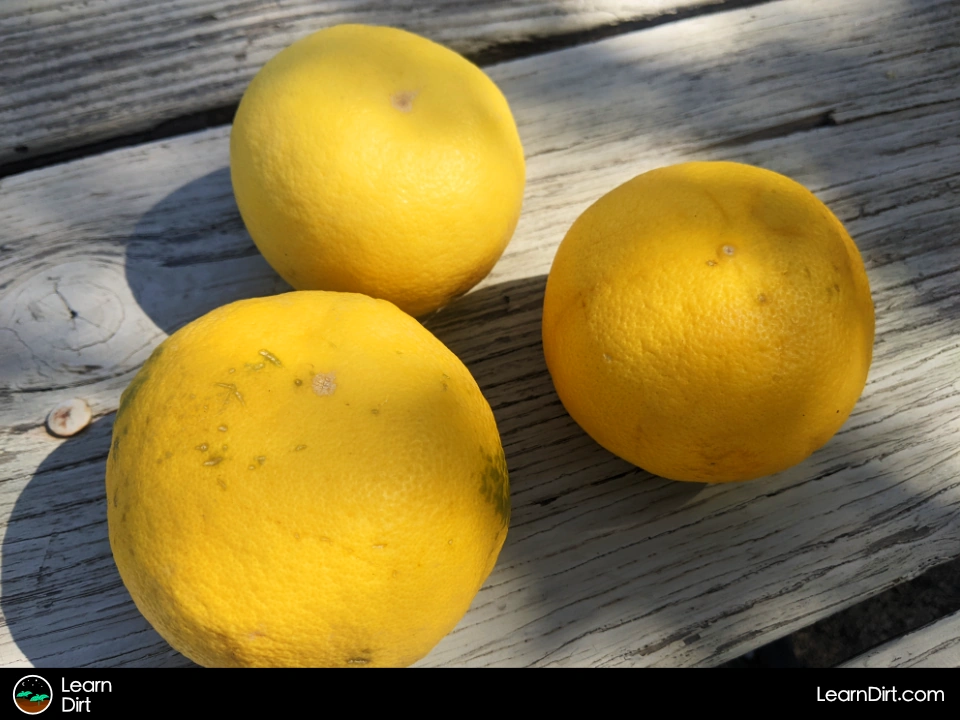
It's worth noting that mature citrus trees will always tolerate a wider range of conditions than immature saplings.
Additionally, citrus trees with fruit on them cannot tolerate the temperatures listed above - the critical cold temperatures rise a few degrees for citrus trees with fruit, as frost easily damages citrus fruit.
Think about micro-climates on your land if you're going to plant citrus in a location where winter temps approach or exceed the lows listed above. Or get a greenhouse or tunnel.
Sometimes a specific corner of you property will be warmer or the protection of other trees will yield a warmer winter micro-climate than full exposure.
Stone, brick, or stucco walls and buildings can absorb heat during the day and radiate it back out at night. Perhaps your citrus tree will find a nice home aside a warm protecting wall
Also consider protecting citrus saplings from frost or bringing young trees indoors for the winter. If you're cold, they're cold; bring them inside.
Nutrient Requirements for Citrus Cultivation
Compost and well-rotted manure make for great citrus nutrition, as do wood chips, leaf moulds, and biochar.
Compost teas and fermented plant juice are incredible organic liquid fertilizers as always, along with fish hydrolysate.
I talk a lot about regenerative agriculture on this site, and it certainly applies to a sustainable citrus cultivation strategy as well.
Dig Cool Merch?
Regenerative agriculture is all about looking forward and ensuring that what works today will continue to work long-term. Ideally, things will improve with each year, and certainly they will not degrade.
If you want to buy a product to kick off your citrus nutrients quick, I dig this citrus stuff as an occasional supplement.

Common Citrus Questions
You asked, we answered! Some of the most commonly-asked citrus fruit and citrus hybrid questions:
Is a Lemon a Hybrid?
Lemon is a hybrid between a Bitter Orange, and a Citron.
Bitter Orange is itself a hybrid, of a Pomelo and a Mandarin.
This makes the lemon formula: ((Pomelo x Mandarin) x Citron).
Also written as ((Citrus maxima x Citrus reticulata) x Citrus medica)
Are Lemons Man-Made?
Are Limes Hybrids?
That depends entirely on what type of lime you're thinking of.
In the case of the Key Lime and the Persian Lime, both are hybrids. See the section below to learn more about these two hybrid lime species.
There are 3 other species of limes which you're likely unfamiliar with, none of which are hybrids. All these of these are naturally-ocurring landrace species native to Australia. They are:
- Desert Lime (Citrus glauca)
- Round Lime (Citrus australis)
- Finger Lime (Citrus australasica)
The 3 landrace lime species contrast with the 2 hybrids in that the Australian native limes are generally more sour, less sweet, less juicy, smaller, more irregular, and sometimes less palatable than the 2 hybrids.
That said, the native landrace lime species are often used in bush cooking, and are sought-after for more unique uses than commercia varieties.
Some describe the flavors as more complex and interesting on these native species, so it's worth trying them if you can ever get your hands on them!
When I visit Australia I'll be sure to look for the Desert Lime, the Round Lime, and the Finger Lime and report back on my experience and how they compare to the common Key Lime and Persian Lime.
If you've tasted the OG limes we'd love to hear about your experience over on the forum!
Are Limes Man-Made?
The limes you're most familiar with are not naturally occurring, and are instead man-made hybrids. There are 3 lime varieties which are not man-made, however, and those did arise naturally (mentioned in the section above.)
These are two species of limes that are most-common in grocery stores today - the Key Lime (micrantha x citron) and the Persian Lime (key lime x lemon).
Key Lime
In the case of the Key Lime, the ancestral species Micrantha (Citrus micrantha) and Citron (Citrus medica) naturally overlapped ranges in Southeast Asia.
We believe that these two species crossed naturally and that the Key Lime came about without human intervention to hybridize.
That said, humans definitely did a ton of selective breeding since then to produce Key Limes with the most desirable qualities, such as taste and growth habit.
Persian Lime
In the case of the Persian Lime, we strongly believe that humans played a role in the more-complex hybridization, crossing a Key Lime with a Lemon.
Persian Lime = ((Citrus micrantha x Citrus medica) x ((Citrus Maxima x Citrus reticulata) x Citrus medica))
You could also write that as: (Key Lime (Micrantha x Citron) x Lemon (Bitter Orange (Pomelo x Mandarin) x Citron))
You can see why we do not currently believe that this cross happened of its own volition. The complexity is just so much higher than the case with the Persian Lime listed above.
We also definitely played a substantial role in selectively breeding Persian Limes after their initial hybridization, chooise to propagate those individuals with the most marketable characteristics.
Are Oranges Hybrids?
Yes, oranges are a hybrid fruit! They are not one of the original landrace citrus species.
What you know of as a typical orange (such as valencia, naval, and cara cara) is botanically referred to as a Sweet Orange (Citrus x sinensis), and is a cross between a pomelo and a mandarin.
(Pomelo (Citrus maxima) x Mandarin (Citrus reticulata)

Are Oranges Man-Made?
The native ranges of pomelos and mandarins overlap in Southeast Asia and Southern China, so it's thought that their hybridization likely happened naturally.
Momma Nature probably gave us wild sweet oranges, and then we selectively-bred them to increase their sweetness, juicyness, and reduce their seed size.

How Do You Grow Citrus?
Growing your own citrus is a deep topic that we'll cover in a dedicated article here in the future.
For now, we highly recommend checking out these books if you'd like to learn about growing your own citrus:
- Successfully Grow & Garden Citrus Fruit Trees Using Pots & Containers
- How To Grow Citrus Practically Anywhere
- Growing Citrus: The Essential Gardener's Guide
What is a Cross Between a Lemon and an Orange?
There are two hybrids of lemon + orange: the Meyer Lemon, and the Lemandarin.
Both of these are crosses between a mandarin and a lemon, rather than a sweet orange. The mandarin lends sweetness to the tangy lemon, resulting in hybrids which aren't quite so sour as lemons.
Note - we are still not completely positive about the meyer lemon lineage, we're just pretty sure it's a lemon-mandarin cross.
What is a Cross Between a Lemon and a Lime?
While not very common, there is a true hybrid of lemon (Citrus limon) and lime (Citrus aurantiifolia or Citrus latifolia). It's referred to as a "lemonime" or simply as a lemon-lime hybrid.
There is also something called a lemon lime tree, or a citrus cocktail tree which is not a true hybrid.
Citrus cocktail trees involve grafting multiple types of citrus trees onto the same rootstock, resulting in a tree which can produce multiple different citrus fruit.
Lemons and limes are commonly-grafted onto the same rootstock to give the grower variety on the same tree.
It's worth noting, however, that lemons and limes have slightly different temperature tolerances and growing habits, and that one fruit will often take over much or all of a coctail citrus tree over time, crowding out the other(s).
For this reason, it's often better to grow multiple separate citrus trees rather than combine them into one grafted coctail tree.
Why Are Lemon-Orange and Lemon-Lime Hybrids Uncommon?
The uncommon nature of lemon-orange and lemon-lime hybrids is typically attributes to a lack of commercial market demand.
While some say it's hard to combine these species in ways that produce desirable traits and flavors, I believe that lack of market demand is the primary driving factor. If there was enough money in it, humans would flood the market with these hybrids quickly.
The reason for the lack of demand may stem from the fact that citrus fruits are bred to fill different niches. Lemons are very sour. Limes are tangy and aromatic. Oranges fill the sweet niche. Grapefruits the sweet-and-sour one.
These species have been hybridized to diversify their flavors and create unique tastes which fit different culinary uses. Recombining them again may just muddy the flavors and blend their uniqueness back in together.
It may be that people prefer having lots of separate citrus flavors to choose from, rather than a muddy "all-purpose citrus" variety that's used in every dish. Afterall, variety is the spice of life!
What Are the Three Original Citrus Fruits?
While there are more than 3 original citrus fruits (see Citrus Hybrids above), the 3 landrace citrus fruit most-commonly used in modern hybrids are:
- Pomelo (Citrus maxima)
- Citron (Citrus medica)
- Mandarin (Citrus reticulata)
That's all for now, thanks for reading!
If you have any questions, comments, or would like to connect with fellow gardeners, head on over to the forum and post there.


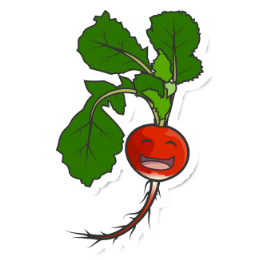
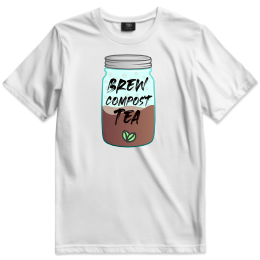

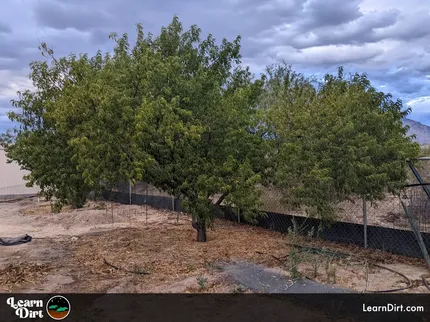
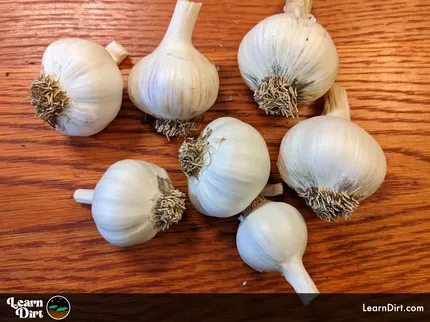
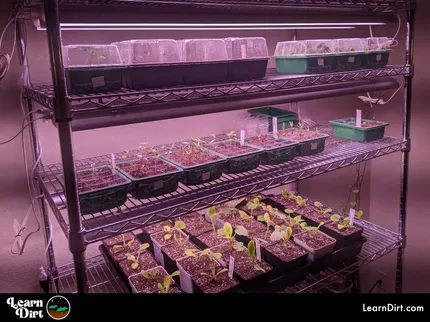
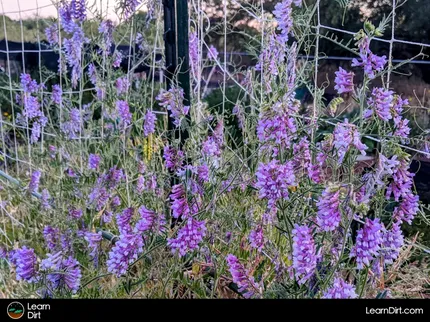
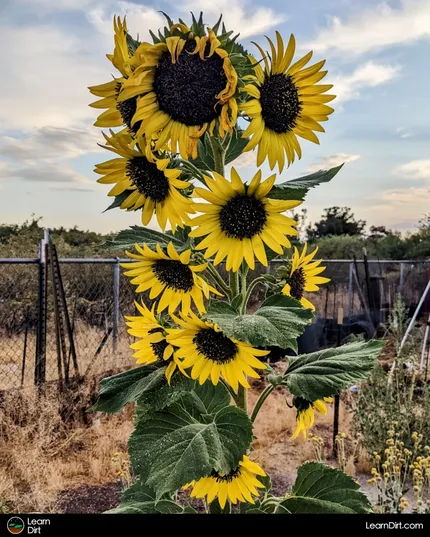
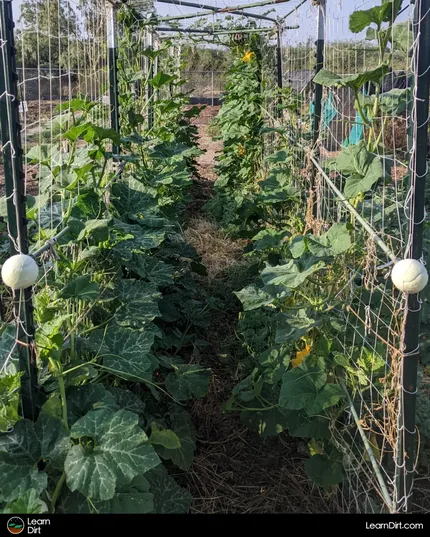
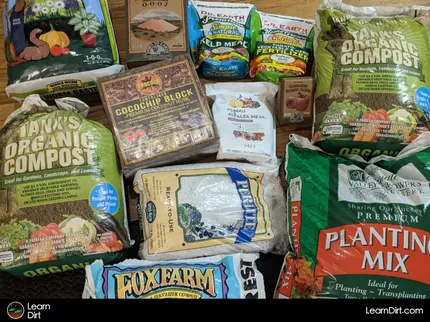


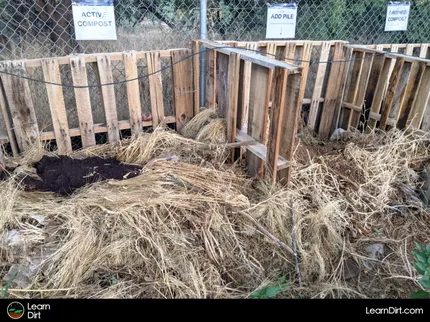


![Black Dirt Live Again [Blue] Sticker](/media/product_images/black-dirt-live-again-[blue]_sticker_260x260.png)
![Don't Till Away Your Carbon [Neon] Sticker](/media/product_images/dont-till-away-your-carbon-[neon]_sticker_260x260.png)


